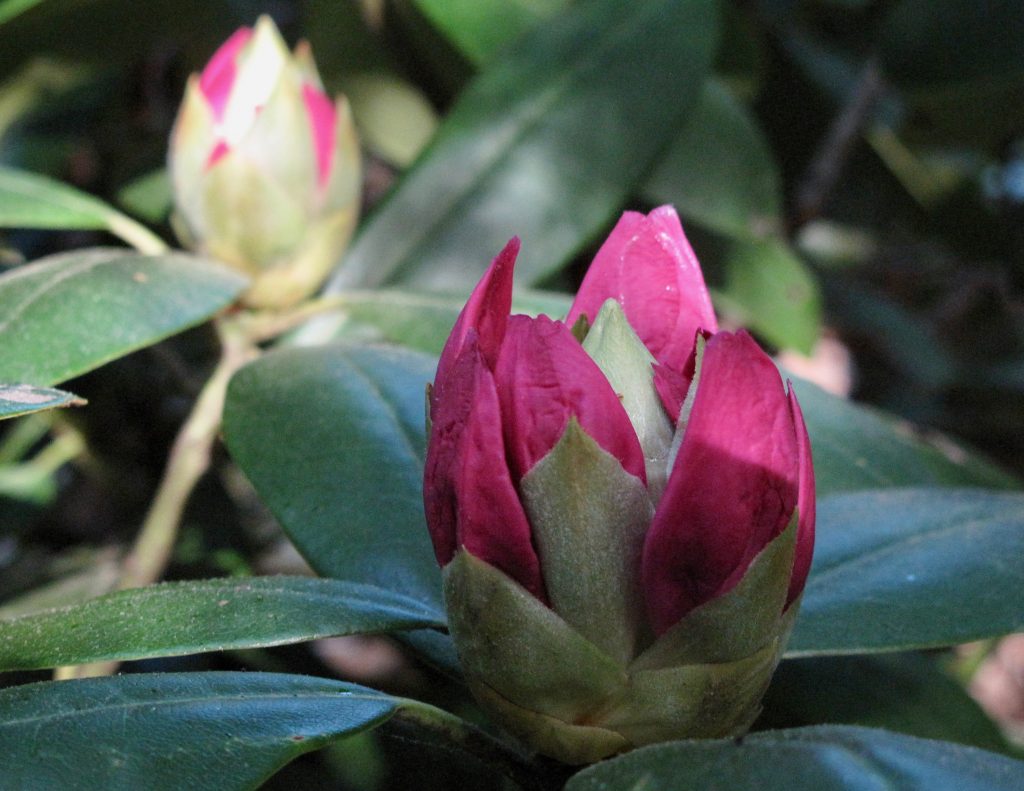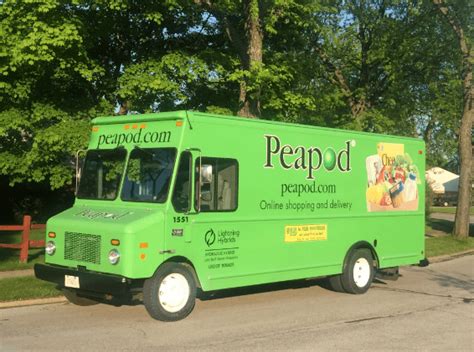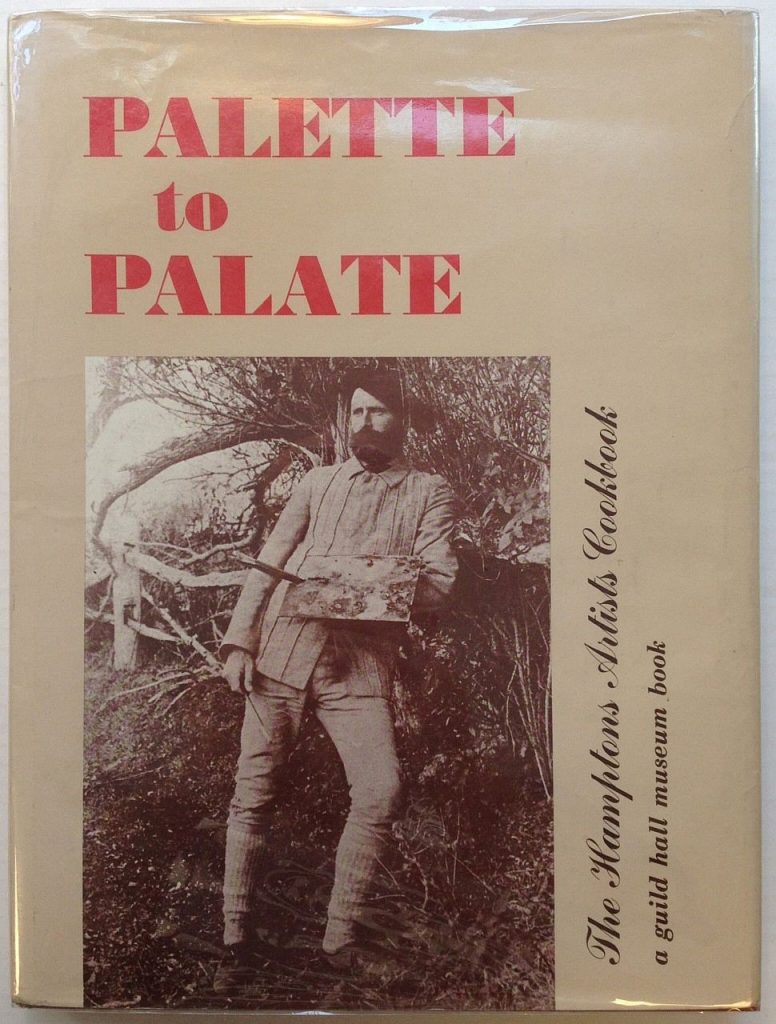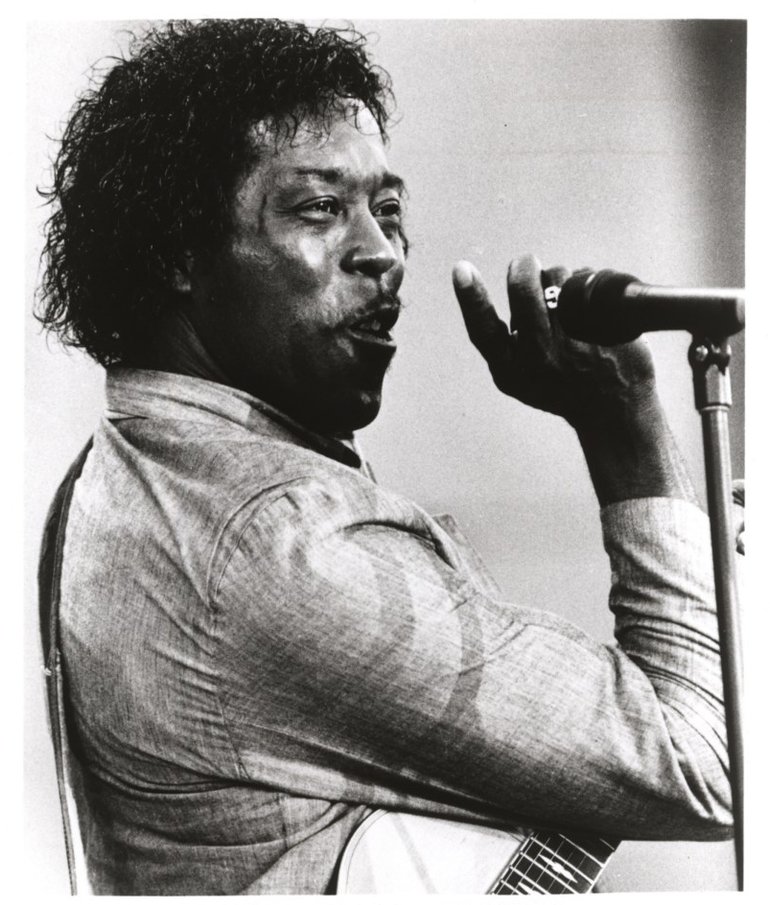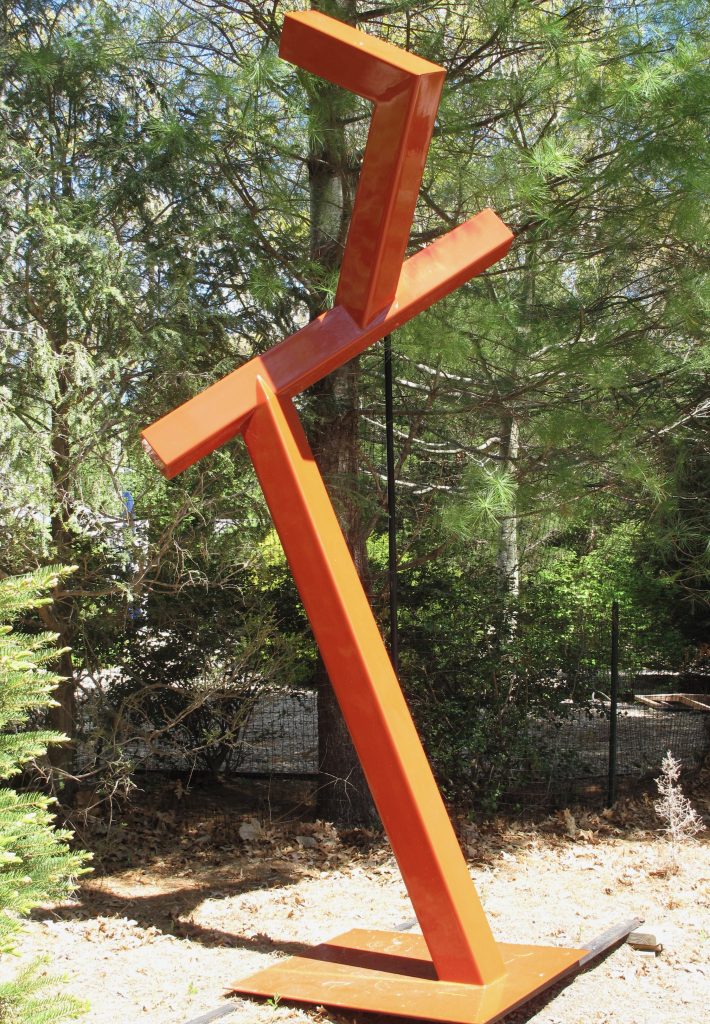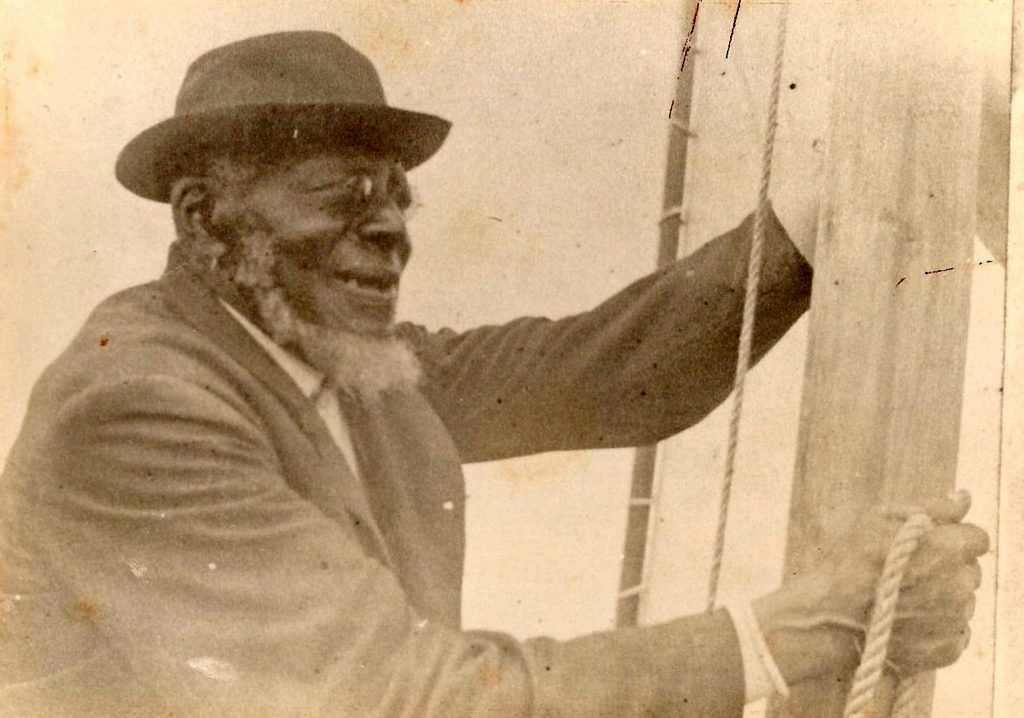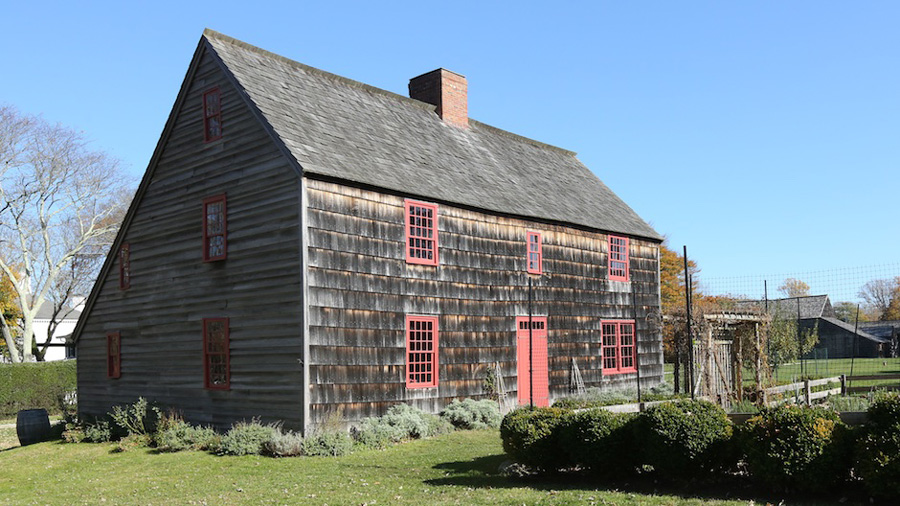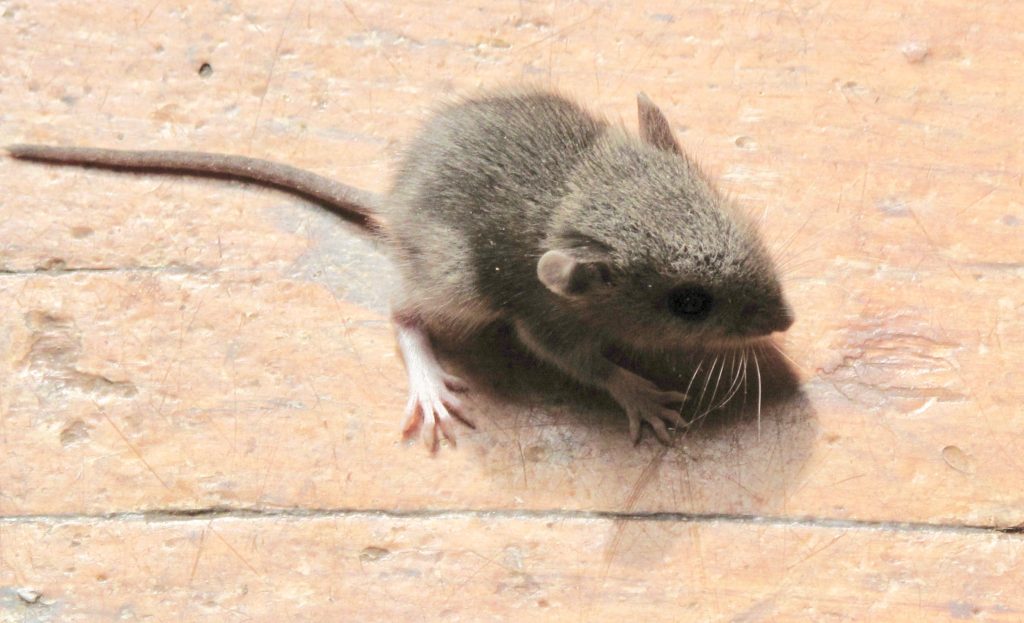
Saturday, May 23
Three of the world’s smallest mice showed up in the middle of the kitchen floor this morning.
They’re so tiny they must be newborns, which I suspect means that more will arrive. They moved very slowly at first, then as I attempted to sweep each one into a dustpan, they became more energetic. I was able to get each one outside onto the brick patio, where they scampered around attacking small weeds that towered above them like redwoods.
Where do these guys come from? Are they inside this old house’s walls? Up from the basement through the heating vents? Why wouldn’t they want to be outside where there is more stuff to eat?
Back to the issue of our food. Emily says that meal prep here is like one of those television cooking shows where would-be chefs are presented with a bunch of incongruous ingredients and told to use them all in making a meal. Maybe calf brains, rainbow chard, a grapefruit, and Israeli couscous. And, unlike here, the cooks always come up with surprising and delectable results.
Here it’s easy to get into a rut and just repeat the same dishes over and over. The challenge: What will go with leftover southern corn pudding and a salad? Then I realized I could combine some of our many chicken breasts with canned artichokes and cooking wine to make a chicken and artichoke stew.
Emily and Peapod also surprised me by delivering a bunch of snow peas and two packs of mushrooms. So tomorrow I’ll probably combine some of each in a stir-fry that also involves walnuts and scallions with either hoisin sauce and sriracha or a sauce composed of soy sauce, sugar, and rice wine vinegar.
It’s almost time for Wait, Wait, Don’t Tell Me. Some time back we were discussing this very funny NPR panel show with friends, and one of them complained that he wasn’t allowed to talk while the show was on. You might miss something.
Out to the recycling center. It’s raining, but there are nevertheless lots of cars on the road. Due to Memorial Day weekend, maybe? Or is it simply a further result of people fleeing from the city due to the pandemic/lockdown?
That BBC audiobook that we listened to last night, Trespass, has led me to investigate the author, Rose Tremain, a bit further. Turns out she was nominated for a Booker Prize back in the ‘80s. She lost out to Ishiguro’s The Remains of the Day. I’m going to see if I can download one of her novels in e-book form via the East Hampton library.
As I have said, tonight’s dinner: chicken with artichokes, corn pudding, and salad.
Entertainment: Two episodes of British thriller Retribution.

